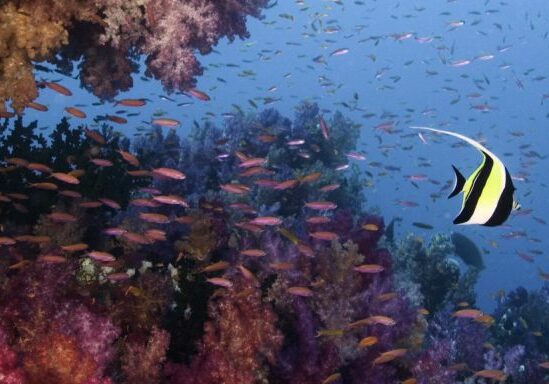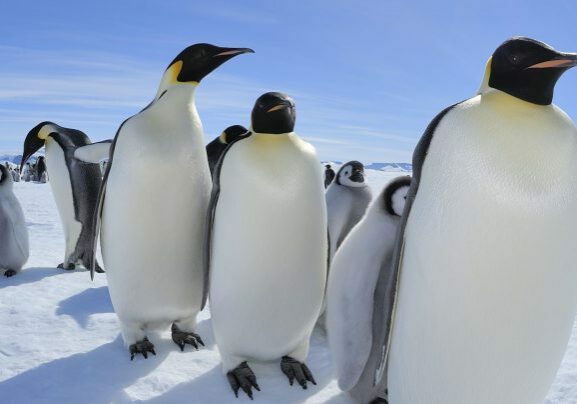Fiji’s pristine coral reefs, soft sands and warm, clear waters make it the perfect habitat for marine turtles. It’s home to five of the world’s seven species: green, hawksbill, olive ridley, leatherback and loggerhead. Every year, female green and hawksbill turtles return to nest on the beaches of three small islands, Yadua, Kia and Katawaqa off the north-west coast of Vanua Levu, Fiji’s second largest island.
Turtles have been swimming our oceans since the time of the dinosaurs, and each year they return to lay their eggs on the same beaches where they were born. But climate change is already disrupting these primeval patterns.
Rising sea levels are a big threat to coastal communities in island nations such as Fiji – and to the turtles who live alongside them. Since 1993, Fiji has recorded a sea level rise each year, and coastal erosion is causing some nesting beaches to be submerged or washed away.
At the same time, cyclones and storm surges are becoming more frequent and more extreme. In recent years, Fiji was hit by two severe tropical cyclones, Yasa and Ana, which battered the islands with winds reaching over 200mph and brought huge waves and flooding.
Events like this cause problems for marine turtles when they return to nest: the highwater mark can move inland, leaving nests at risk of flooding, and beaches are left littered with obstacles such as uprooted trees, fallen branches and foliage.
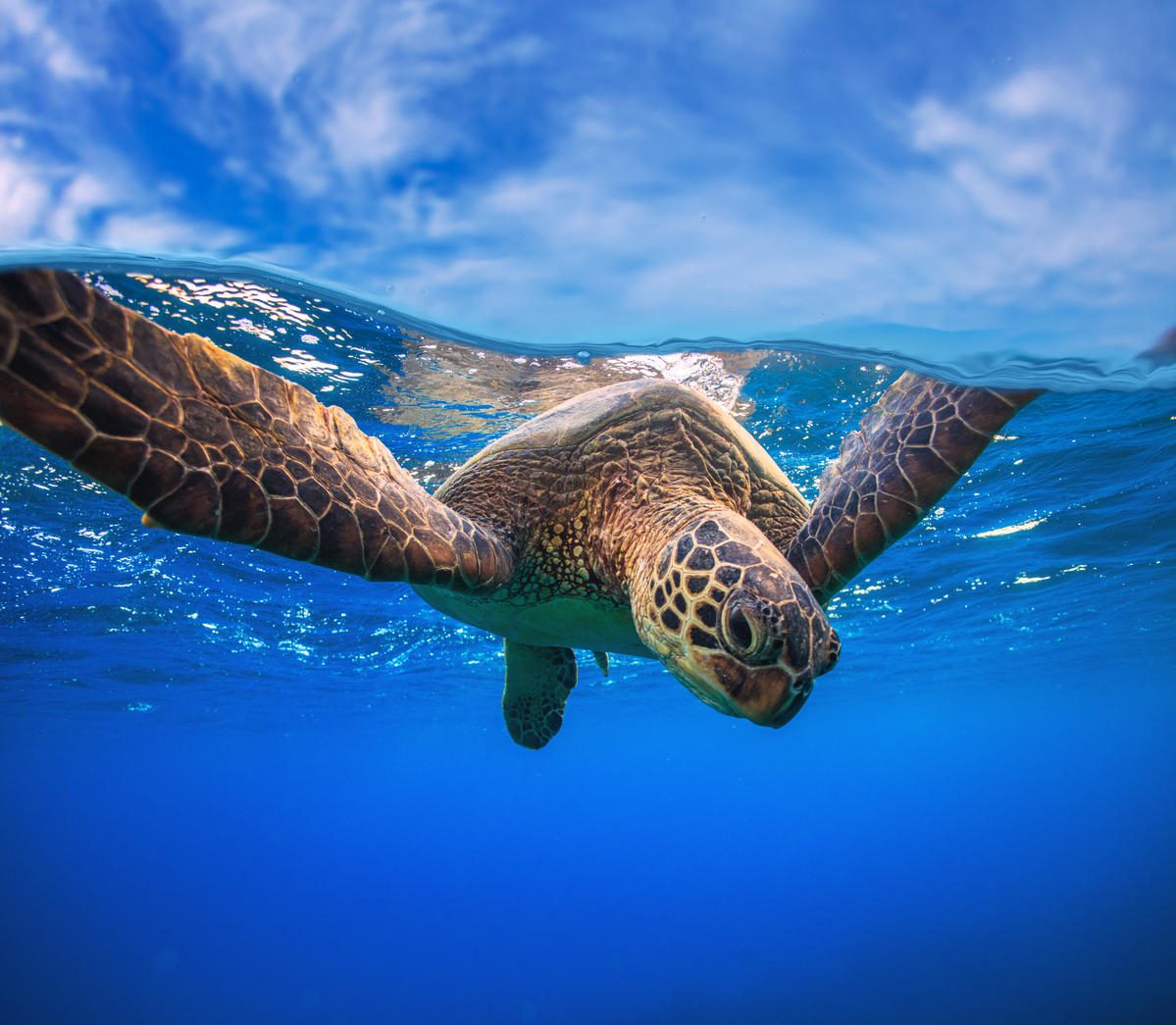
For marine turtles to withstand the impacts of climate change, it’s vital that we have good information about how they’re faring and do what we can to protect crucial habitats such as nesting beaches.
Thanks to the support of WWF members and adopters, we’ve been working with trained volunteers and community-based monitoring teams, known as Daunivonu, to collect crucial information on marine turtles and their nests, eggs and hatchlings.
The survey began in 2021, and will continue during the peak nesting months (September to April) over the next three years.
Our colleagues in Fiji have already joined local Daunivonu to visit various nesting beaches on Yadua island. They assessed the condition of the beaches, counted the number of nests on each one, the number of eggs per nest, and the number of successful and unsuccessful hatchlings.
They also attached satellite tags to one hawksbill and three green turtles to get a clearer understanding of where adults go to feed.
Nests at risk from flooding at high tide were relocated to safer areas. The teams cleared away washed-up rubble and plastic debris that can prevent turtles from digging out their nests with their flippers. They also replanted coastal vegetation and trees such as coconuts and nut trees to protect nesting beaches from high tides and coastal erosion.
Today there are around 40 turtle monitors in 14 sites along Fiji’s Great Sea Reef. The Daunivonu also play an important role in monitoring threats to turtles, such as poaching, and work with local communities to help increase their understanding of the significant role marine turtles play in maintaining a healthy ecosystem. Thanks for helping us to support them.
Meet the family
Your support helps us to protect five of the world’s seven species of marine turtle, which can all be found in Fiji
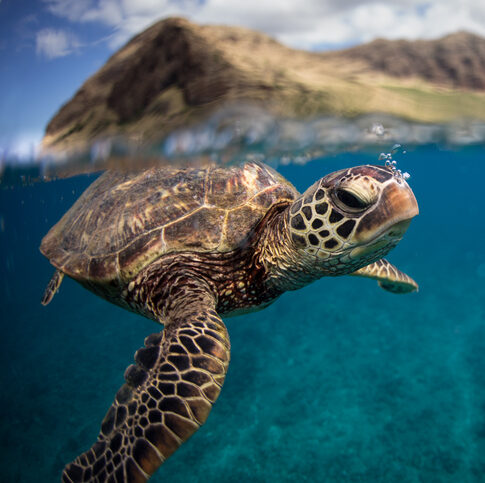
Hawksbill
That raptor-like pointed beak gives the hawksbill turtle its name. It’s found around coral reefs throughout tropical seas.
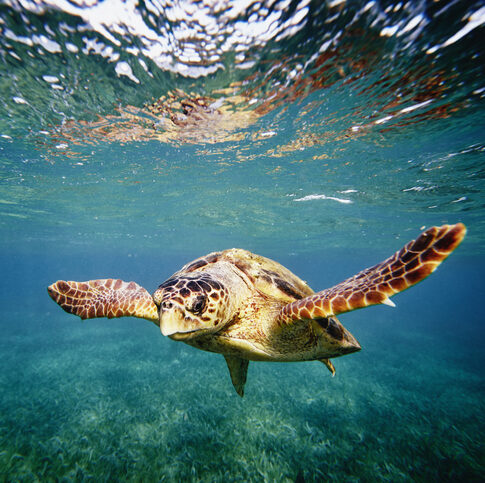
Loggerhead
The world’s largest hard-shelled turtle is named the loggerhead after its huge skull, packed with powerful, clam-crushing jaw muscles.
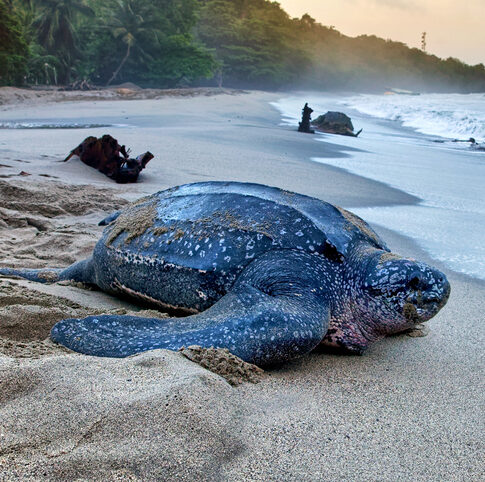
Leatherback
The most-travelled turtles, leatherbacks migrate across both Pacific and Atlantic oceans. They’re named after their flexible, leathery ‘shells’.
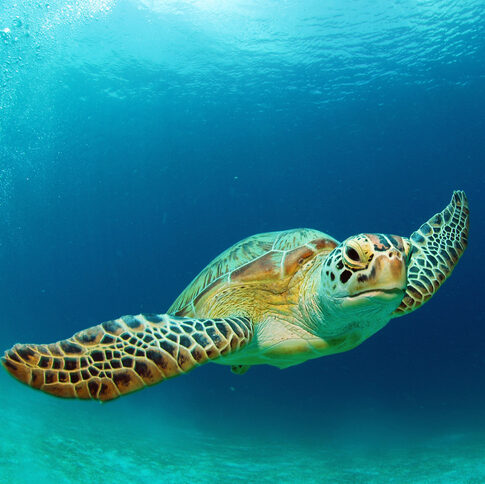
Green
The only herbivorous marine turtle, the green turtle gets its name not from the colour of its shell, but because of its green cartilage and fat.
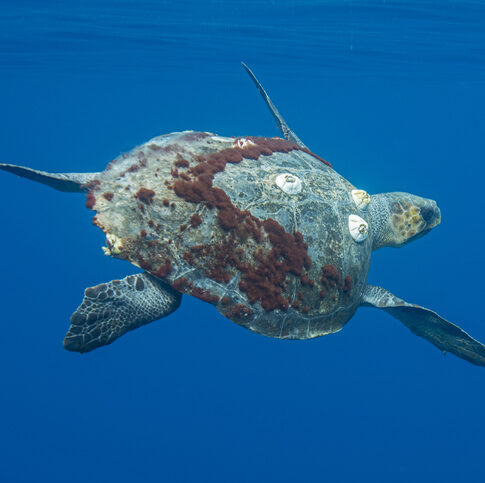
Olive ridley
A fairly abundant species that only nests in a relatively few locations, the olive ridley is named for its greenish skin and shell.
All images © GETTY IMAGES
Adopt a turtle
You can do even more to support our work in Fiji by adopting a turtle.
More to explore
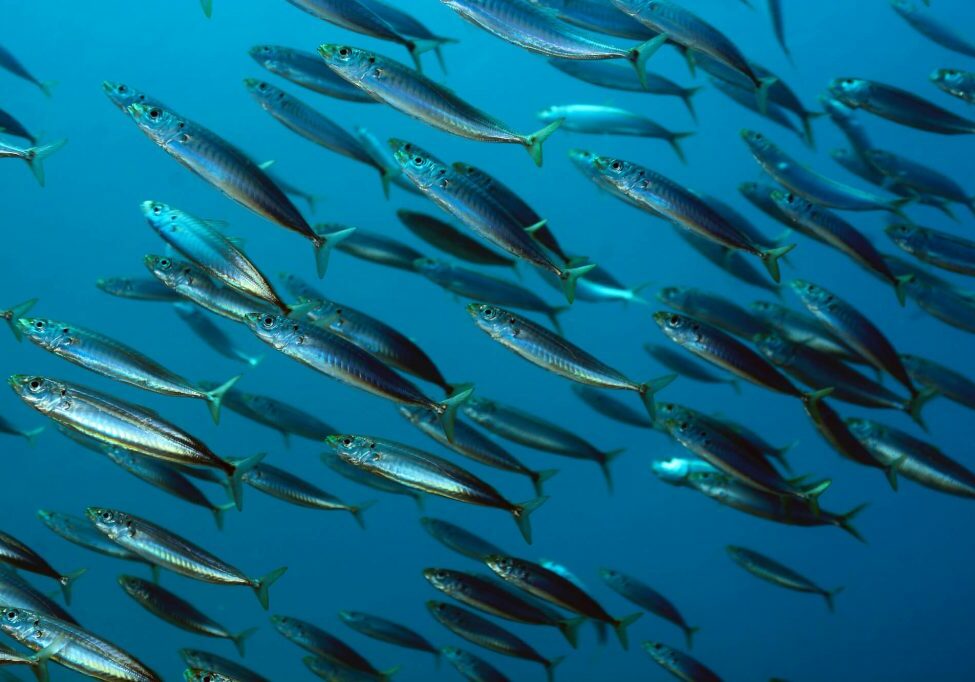
Which fish should I eat?
Making environmentally responsible seafood choices is a great way to enjoy a healthy diet and help protect our ocean, but where do you start?
